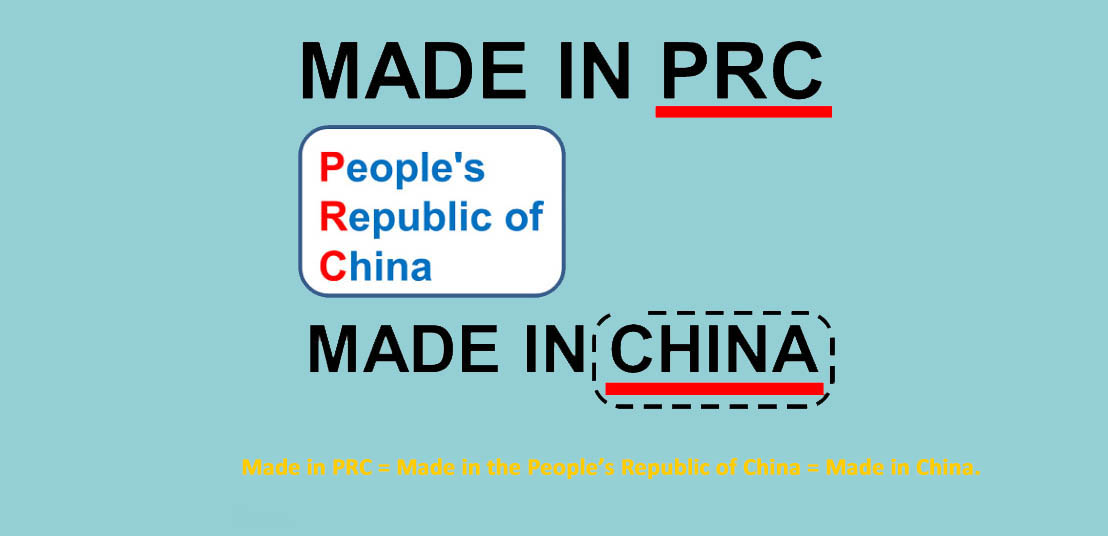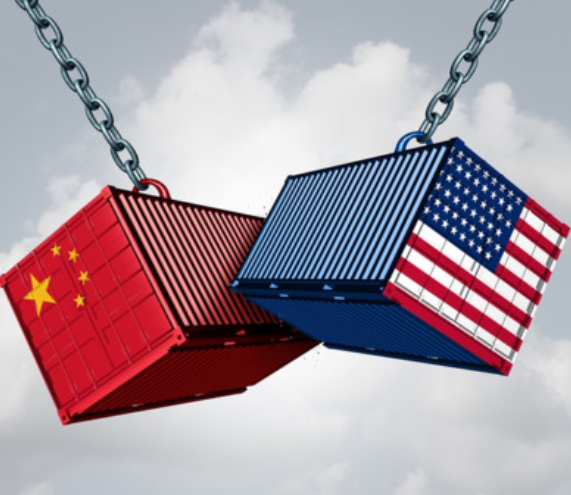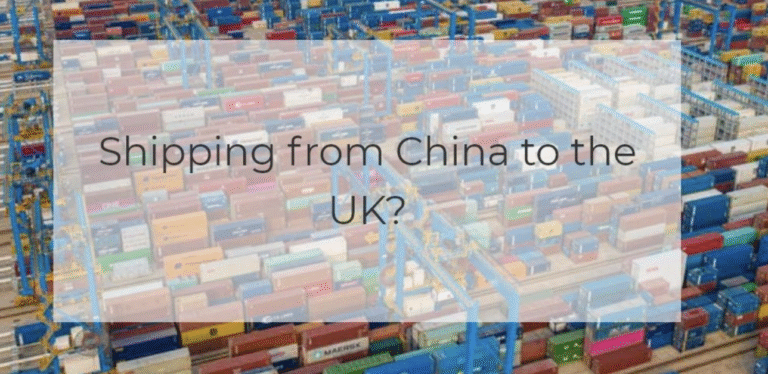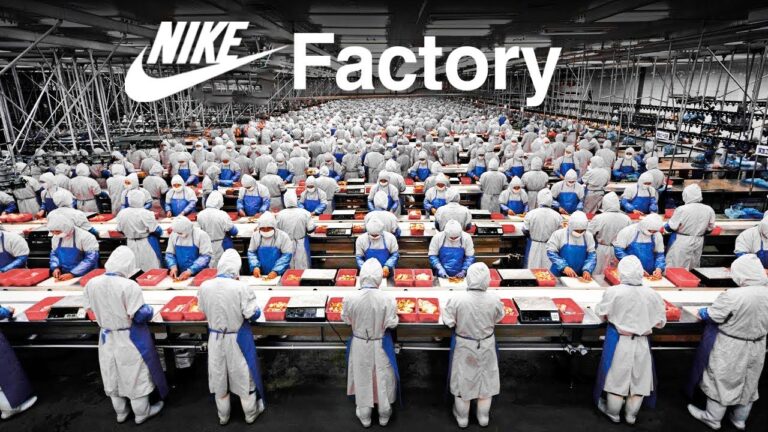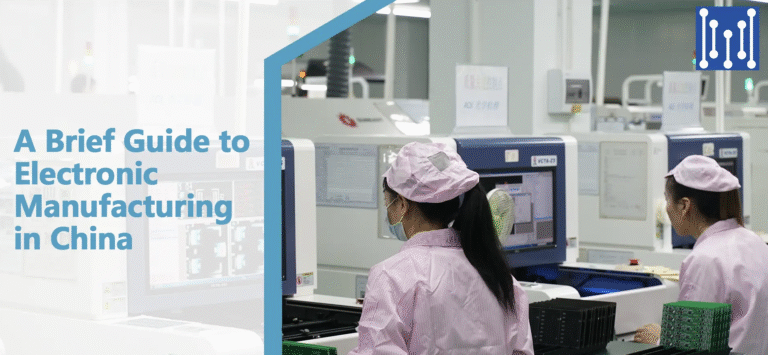What Does Made in PRC Means? Understanding the Label Made in China, Its Impact, and Global Perception
Made in PRC: Understanding the Label, Its Impact, and Global Perception
When shopping online or checking product labels, you might’ve come across the term “Made in PRC.” At first glance, it may sound unfamiliar, even confusing. But PRC simply stands for the People’s Republic of China.
So, “Made in PRC” and “Made in China” are technically the same thing. Still, there’s a lot more behind the phrase than meets the eye.
This article explores what “Made in PRC” truly means, why it’s used, and how it impacts global markets, consumer behavior, and branding strategies. Let’s dive into the real story behind this increasingly common label.
Table of Contents
What Does “Made in PRC” Mean?
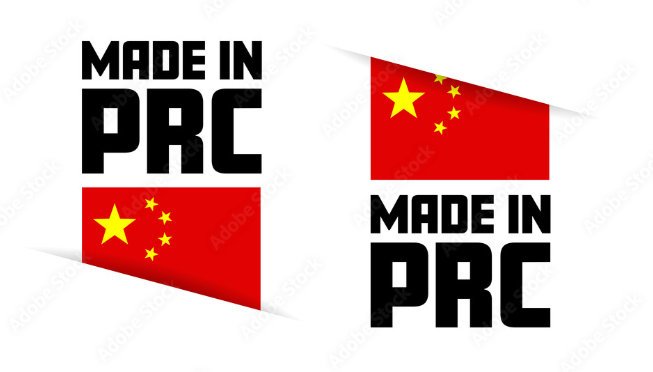
Decoding the Acronym
PRC stands for the People’s Republic of China, which is the official name of the country most people refer to simply as China. So when a product says “Made in PRC,” it’s essentially saying it was made in China. This labeling isn’t new—it’s been around for years, and it’s entirely legal and accurate from a geographic standpoint.
The key difference is in perception. While “Made in China” is globally recognized, it has also been linked with a variety of negative connotations—some deserved, some not. Over time, Chinese manufacturers and exporters began using the more formal “PRC” label to sound more official, neutral, and perhaps to sidestep the baggage associated with the “Made in China” tag.
This subtle shift in branding has influenced how consumers view products. Many people don’t immediately associate “PRC” with China, which may create a perception of difference or even quality upgrade. However, in truth, it is purely a semantic distinction. The factories, production methods, and even locations are often identical.
PRC vs. China – Is There a Difference?
Geopolitically, there’s no difference. The PRC is the formal name for China, just like the USA is the formal name for the United States of America. In fact, in international diplomacy, treaties, and official documents, “PRC” is used almost exclusively.
In the context of product labeling, however, the term has taken on a new life. It’s used as a branding tool—a strategic move to reframe the image of Chinese-manufactured goods in global markets.
Many consumers, especially in Europe and the U.S., have associated “Made in China” with mass production, low prices, and variable quality. By switching to “Made in PRC,” manufacturers hope to neutralize biases and create a more neutral or even positive consumer reaction. It’s a little like putting on a suit before a big meeting—same person, but a different first impression.
The History Behind the Label Made in China
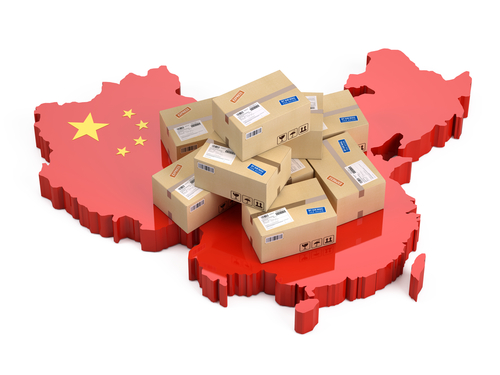
Why China Started Using “Made in PRC”
The shift from “Made in China” to “Made in PRC” didn’t happen overnight. It was a gradual process, fueled by market research, international trade demands, and shifting consumer sentiments.
Chinese manufacturers recognized that Western markets were becoming increasingly skeptical of Chinese goods. Concerns over product safety, labor practices, and intellectual property rights put pressure on Chinese exporters. “Made in China” became shorthand for cheap—and not always in a good way.
So, rebranding was essential. “Made in PRC” emerged as a more sophisticated, less controversial label. It was a way to quietly distance modern Chinese manufacturing from the outdated stereotypes of low-cost, low-quality production. The new label wasn’t about hiding the origin—it was about presenting it differently.
This approach mirrored efforts seen in other countries too. For example, products from South Korea used to be seen as low-end until branding efforts (think Samsung and Hyundai) changed that narrative completely. China is attempting a similar transformation.
Political and Economic Motivations
On a macro scale, the use of “PRC” also aligns with China’s desire to assert its sovereignty and identity in international affairs. By emphasizing its official name, China sends a subtle message of formality and legitimacy.
Economically, it plays into the country’s broader goals of upgrading its manufacturing image. China wants to be known not just as the world’s factory but as a global leader in innovation, quality, and sustainability. Labels like “Made in PRC” are just one small but significant step toward that goal.
Common Misconceptions About “Made in PRC”
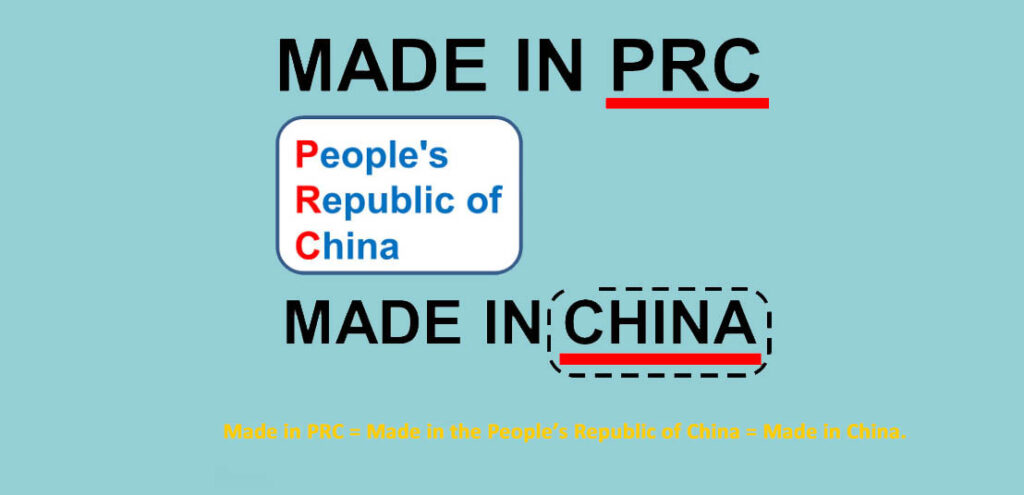
Consumer Confusion and Misinterpretation
Let’s face it: most consumers don’t know what PRC stands for. This has led to some interesting—and sometimes misleading—conclusions. Some think PRC is a different country. Others assume it refers to a region or even a company. This confusion is often unintentional but serves a marketing purpose.
Retailers and manufacturers have taken advantage of this gap in consumer knowledge. By using “PRC,” they introduce ambiguity that may lead buyers to feel more comfortable, especially those who have preconceived notions about Chinese-made goods.
That doesn’t mean deception is at play—it’s still technically accurate. But the psychological effect is real. Consumers associate the unfamiliar with the exotic, the premium, or the different. It’s a subtle yet effective shift in positioning.
Quality Concerns vs. Reality
Another widespread belief is that products “Made in PRC” are of inferior quality. This is far from universally true. While it’s true that some factories cut corners to produce goods at extremely low costs, many Chinese manufacturers operate at world-class standards. Brands like Lenovo, DJI, Huawei, and Haier have earned global respect and loyal customer bases.
The real issue isn’t the label but the brand and factory behind the product. Quality varies significantly depending on who is doing the manufacturing, what standards they follow, and what materials they use.
In fact, many Western brands outsource production to Chinese factories that also produce for their domestic markets. It’s not unusual for a high-end product to come out of the same facility as a cheaper version, just with different quality control processes.
The Global Perception of “Made in PRC” Products
Western Views and Market Sentiment
In the U.S. and much of Europe, “Made in PRC” is still seen through a skeptical lens. Years of media reports highlighting defective products, trade imbalances, and political tensions have taken a toll on public opinion. However, this narrative is slowly changing.
Younger consumers are becoming more aware and more educated about global supply chains. They understand that price, quality, and origin don’t always correlate. As a result, the stigma around Chinese-made goods is beginning to soften—especially as more premium products emerge from PRC factories.
Is There a Difference in Quality Between “Made in PRC” and “Made in China”?
Manufacturing Standards
When it comes to actual production standards, there’s virtually no difference between items labeled “Made in PRC” and those marked “Made in China.” Both are manufactured under the same regulations, often in the same factories, using identical materials and production lines. The label variation is purely cosmetic, aimed at altering consumer perception rather than signaling any actual change in product quality.
That said, the quality of goods manufactured in the People’s Republic of China does vary widely—but this has more to do with the target market and brand requirements than the labeling. For instance, a European electronics brand outsourcing manufacturing to China may have stringent quality control procedures in place. The same factory might also produce no-brand items with more lenient standards.
The variability arises because Chinese factories are highly versatile. They’re capable of producing both high-end and budget-friendly products depending on client demands. So, the real question shouldn’t be about “Made in PRC” versus “Made in China”—it should be about who is producing the product and for whom.
Case Studies of Well-Known PRC Products
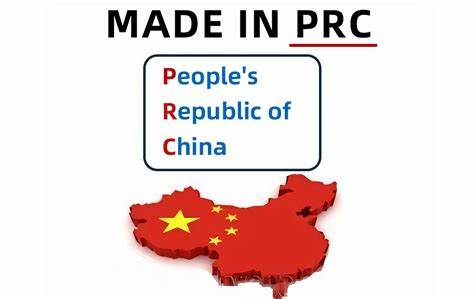
Let’s look at a few real-world examples to further break down this misconception:
- DJI Drones: These top-tier drones are labeled “Made in PRC” and have taken over the global drone market. They are known for precision engineering, reliability, and innovation.
- Lenovo Computers: Another brand with products bearing the “Made in PRC” label. Lenovo laptops are often favorably compared to Apple and Dell, especially in business and education sectors.
- Haier Appliances: Haier manufactures everything from refrigerators to air conditioners and is highly respected for durability and energy efficiency.
These examples prove that top-quality products can and do come from China—regardless of whether the label reads PRC or China. It all depends on the manufacturer’s adherence to quality standards, not the geographic naming on the sticker.
Made in China vs Made in PRC: Comparison Table
| Feature | Made in China | Made in PRC |
|---|---|---|
| Full Form | China (commonly used name) | People’s Republic of China (official name) |
| Meaning | Indicates the product was manufactured in China | Same as “Made in China” – just formal terminology |
| Label Purpose | Standard, widely recognized label | Used to rebrand and reduce bias/perception |
| Perceived Quality | Sometimes associated with low-cost or low-quality goods | Often perceived as more neutral or premium |
| Legal Validity | Fully compliant with international trade laws | Also fully compliant and accepted globally |
| Consumer Recognition | Immediately recognized as Chinese origin | Often misunderstood or not immediately recognized |
| Use by Manufacturers | Traditional and straightforward | Strategic branding move by exporters |
| Market Strategy | Transparent country-of-origin disclosure | Branding tactic to appeal to skeptical buyers |
| Common Usage Regions | Global—used across all product categories | Increasingly used in Europe, North America |
| Associated Stereotypes | Cheap, mass-produced, variable quality | Neutral, unknown origin, higher curiosity |
| Government Influence | Neutral; general use | Part of China’s effort to polish global image |
| Examples of Usage | Low-cost apparel, basic gadgets, household goods | Electronics, tools, premium accessories |
| Psychological Impact | Can deter buyers with bias | May attract curiosity or reduce skepticism |
| Difference in Products | No actual difference in product quality | Same factories, same standards, different label |
The Marketing Strategy Behind Labeling
Rebranding “Made in China”
The shift to “Made in PRC” is part of a larger trend in marketing strategy. Chinese exporters realized that global customers had begun to associate “Made in China” with inferior or mass-produced goods. Whether or not that’s still true today, perception is reality in consumer behavior.
Rebranding with the more formal “PRC” acronym adds a layer of sophistication. It avoids the knee-jerk reaction many consumers have to the “Made in China” phrase while remaining completely accurate. Essentially, it allows companies to say the same thing in a way that feels different.
This rebranding is particularly effective in industries like home electronics, fashion accessories, and small home appliances—sectors where aesthetics and brand reputation play a key role in purchasing decisions. When a shopper sees “PRC” instead of “China,” they’re more likely to hesitate and wonder—maybe this is from a lesser-known European country or a specialized region. That brief pause can lead to a purchase rather than a pass.
Psychological Impacts on Buying Behavior
The psychology behind this is fascinating. Most people aren’t familiar with the term “PRC.” It’s not something that comes up in everyday conversation, and it doesn’t carry the same historical or political baggage that “China” does in some parts of the world.
This vagueness works in favor of manufacturers. It creates a sense of mystery or neutrality—neither strongly positive nor strongly negative. That neutrality is often enough to get a foot in the door with skeptical buyers.
Moreover, some high-end brands that manufacture in China have been known to actively avoid putting “Made in China” on their labels, opting instead for “Designed in [Western Country], Assembled in PRC.” This framing shifts focus from the origin to the design or brand values, a subtle yet powerful marketing tactic.
Legal and Trade Implications
International Trade Laws
From a legal standpoint, both “Made in China” and “Made in PRC” are acceptable under World Trade Organization (WTO) guidelines, as long as the product is actually manufactured in the People’s Republic of China. There’s no violation in using either label, and customs agencies in most countries recognize both as valid.
However, manufacturers must be consistent and honest. Mislabeling a product’s origin—such as claiming it was made in a different country to avoid tariffs or mislead consumers—can lead to fines, seizures, and other legal actions. That’s why legitimate businesses tend to stick to one label format and maintain transparency in customs documentation.
Some countries, especially in the European Union and North America, have considered stricter regulations that would require clearer origin labeling. For now, though, using PRC instead of China remains fully compliant with international law.
Country of Origin Regulations
Different countries have different rules regarding how products must be labeled. In the U.S., the Federal Trade Commission (FTC) mandates that imported goods clearly indicate their country of origin. That includes the use of PRC, as long as it isn’t used deceptively.
In Australia and Canada, similar rules apply. What’s interesting is that in many retail environments, labels are never questioned by customs officials as long as the goods meet safety and certification standards.
In other words, the real scrutiny lies in product compliance—such as electrical safety, toxicity levels, and health standards—rather than what specific abbreviation is used for the country of origin. As long as the label “Made in PRC” matches the paperwork, it’s considered acceptable.
PRC Products in E-commerce and Retail
Amazon, AliExpress, and the Rise of PRC Exports
With the boom in global e-commerce, platforms like Amazon, AliExpress, and eBay have become flooded with goods labeled “Made in PRC.” These platforms connect buyers directly to Chinese suppliers, bypassing traditional retail chains.
This shift has opened the door for thousands of small and medium enterprises in China to reach global consumers. And with this access comes a flood of products across all categories—from home improvement tools and tech gadgets to clothing and toys.
Many of these platforms require sellers to disclose the country of origin, and “Made in PRC” has become more common as sellers look for ways to differentiate themselves from low-quality stereotypes associated with the more familiar “Made in China” label.
Consumers shopping on these platforms may not even notice the distinction at first. But they do care about product reviews, ratings, and return policies—things that have more tangible value than a line of text on a box.
How Labels Influence Online Shopping Choices
Interestingly, online shoppers often judge products more by images, reviews, and price than by origin. But when it comes to premium products, that label can still influence perception.
For example, a smartwatch priced at $150 with “Made in China” might feel overpriced to some. Change that to “Made in PRC,” and suddenly there’s room for curiosity—is it from a new European brand outsourcing to Asia? Is it boutique?
This curiosity often leads to increased clicks, time spent on product pages, and ultimately, more conversions. It’s a small detail with a potentially big impact on sales.
Environmental and Ethical Manufacturing Concerns
Sustainability in PRC Manufacturing
Environmental sustainability is a growing concern across the globe, and Chinese manufacturers are not immune to this trend. In fact, many factories in the PRC have adopted greener practices in response to both international pressure and domestic regulations.
From reducing water waste and emissions to implementing solar power, there’s a noticeable shift happening. Companies that export to eco-conscious markets in Europe and North America are especially incentivized to follow global sustainability norms.
“Made in PRC” labels are now appearing on eco-friendly packaging, solar-powered gadgets, and biodegradable materials. The narrative is shifting—from bulk production to responsible manufacturing. And it’s being noticed by informed consumers who care about the planet.
Labor Rights and Conditions
Labor practices in PRC factories vary widely. While some have been criticized for harsh working conditions and underpayment, others have been recognized for providing stable employment and fair wages.
International brands that work with PRC manufacturers often require compliance with global labor standards. This includes audits, certifications (such as SA8000 or BSCI), and transparency in hiring practices.
As awareness grows, so does pressure. Brands that fail to ensure ethical manufacturing risk social media backlash, boycotts, and even legal repercussions. This has led to a gradual improvement in factory conditions across many sectors.
Final Thoughts on “Made in PRC”
Embracing Transparency and Education
“Made in PRC” is more than a marketing twist—it’s a reflection of how global manufacturing, branding, and consumer psychology intersect. The phrase may spark confusion at first, but with proper context, it becomes clear that it’s just another way of saying “Made in China”—albeit with strategic intent.
As buyers, the onus is on us to dig deeper. Labels are just one piece of the puzzle. Research, reviews, and certifications paint a fuller picture of quality, safety, and ethics. And more often than not, PRC-made products can rival or surpass Western counterparts in everything from tech to textiles.
Changing the Narrative
It’s time to move beyond the outdated stereotypes. The label “Made in PRC” shouldn’t automatically raise doubts. Instead, let’s ask the more important questions: Is it well made? Is it safe? Is the brand trustworthy?
With millions of products being manufactured in the PRC daily—many of which exceed expectations—the world is slowly coming around. And as this shift continues, we might soon see “Made in PRC” evolve from a workaround label to a respected global standard.
FAQs About Label Made in China
What is the full form of PRC?
PRC stands for the People’s Republic of China, the official name of the country commonly referred to as China.
Are PRC products safe to use?
Yes, many products made in the PRC meet international safety standards. Always look for certifications like CE, FCC, and RoHS when in doubt.
Why don’t all Chinese products say “Made in China”?
Some manufacturers prefer using “Made in PRC” as a formal or strategic branding choice to avoid negative perceptions associated with “Made in China.”
Are PRC electronics reliable?
Absolutely. Brands like Lenovo, DJI, and Huawei produce high-quality electronics in the PRC, often surpassing international expectations.
How do I know if a product is made in PRC or another country?
Check the product’s packaging or description for the country of origin. “Made in PRC” indicates it was manufactured in China.

